PHAEDO - O Time, Suspend Your Flight
"We have dreams, we work together, and we make art together, in a way. It is enough to listen to Zhuzhu, at the origin of Phaédo, when he tells and...
"We have dreams, we work together, and we make art together, in a way. It is enough to listen to Zhuzhu, at the origin of Phaédo, when he tells and...

"We have dreams, we work together, and we make art together, in a way. You only have to listen to Zhuzhu, at the origin of Phaedo, when he tells and unfolds the universe of his unique collective, to distinguish between the lines of his speech the contours of a philosophy of life.
Phaédo is at the same time the fruit of a very personal approach and of a collective impulse, at the crossroads between fashion, craft and contemporary art. Zhuzhu began his academic career at the Sichuan Institute of Fine Arts. He studied at the prestigious Central Saint Martins in London and then became the first Chinese to be accepted at the Royal Academy of Fine Arts in Antwerp. He founded the Phaedo collective in 2014, in the city of Hangzhou, China, and presented the studio's first collection in Milan at Spring 2017.
At once contemporary and antique, modern and vintage, Phaédo's entire production is the result of a long process of reflection and the establishment of a stylistic enigma, the consequence of a mode of creation - literally - out of the ordinary. While in Paris, Leclaireur met with those who, within the collective, work to make their dreams a tangible reality.
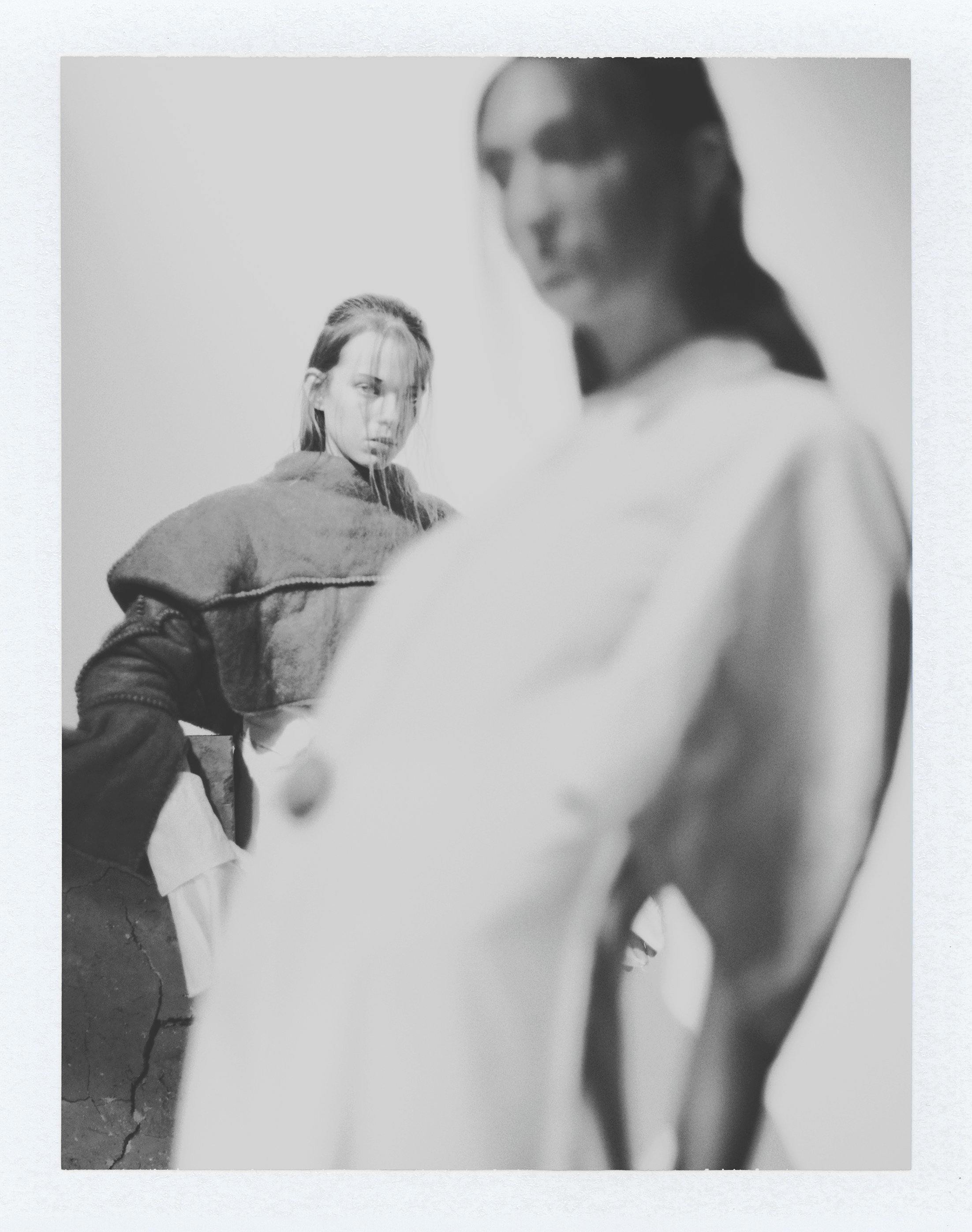
How many people does Phaédo count?
With the studio, we have 23 people. Some of them are craftsmen, using traditional Chinese techniques, and doing everything by hand. The other part of the collective is composed of the young generation, more open and creative. They are young men and women born around 1985. We want to be an example of art in China, because it is a very interesting country, more and more powerful and creative. We have always had talents in crafts, and now we have talents in creativity.
Tell us what led to your first collection...
We first did research around the brand itself, for three years. We really wanted to create, to imagine a new brand, to find a new way to be more creative, not just for one collection. At the beginning of the year, in March, we created a collection around the long tradition of Chinese dyeing. We used the protein of a fruit, the persimmon, to dye the fabric. This process takes us two to three months. The color changes day by day, and it's hard to control. We have to lay the fabric in the sun for these three months, watching the weather precisely, because it changes often.
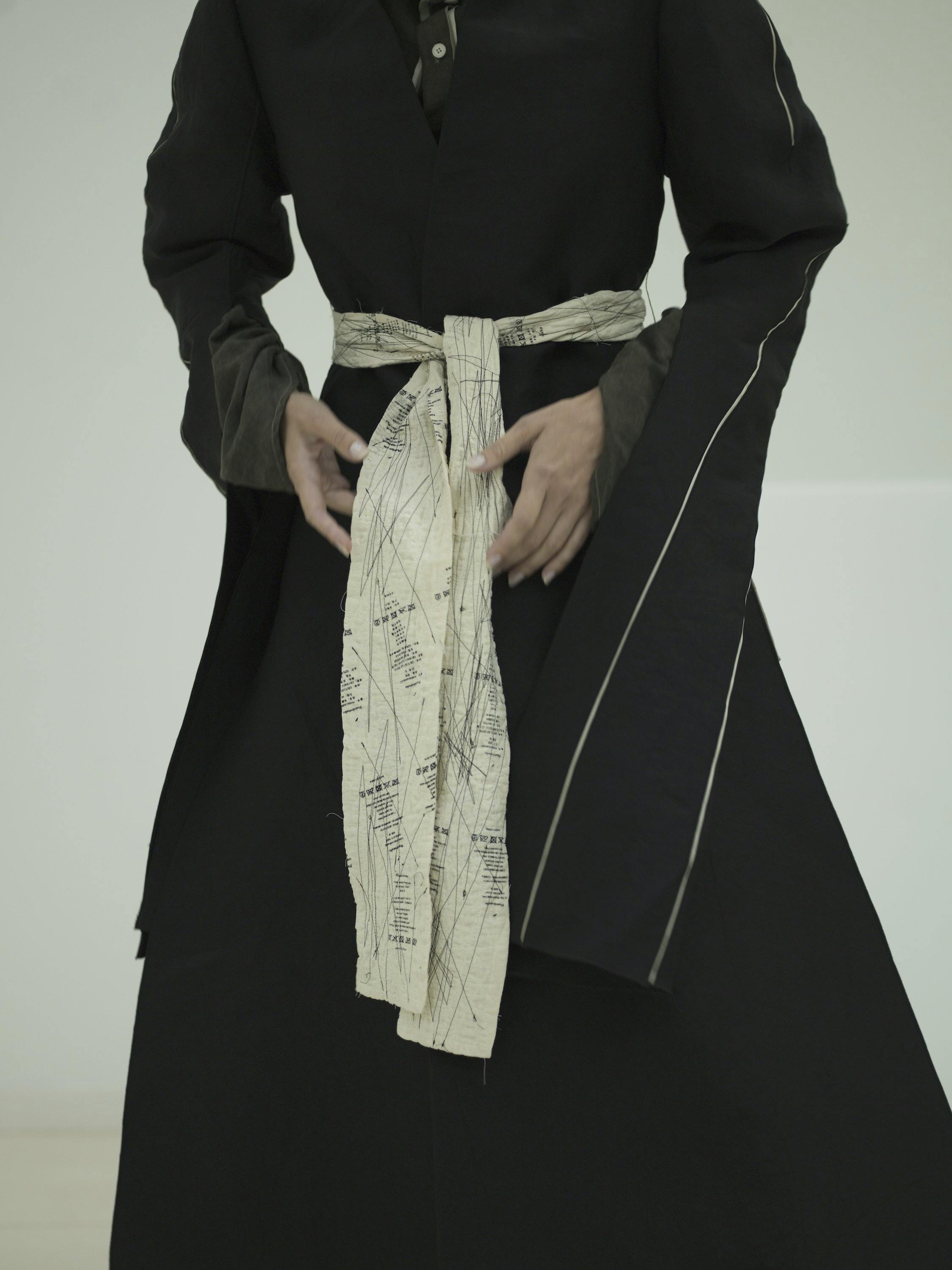
So you come in every day to check the metamorphosis of your colors, as if you were watching your plants grow?
That's kind of it! The fabric gets dark, very dark. We stop the process once the color matches our expectations. We did some research to get that special black, which is normally so hard to get. To me, black is a normal color, but this one is much more like a very, very deep, very dark green. And this color tells a lot of stories. Other natural materials are added during the process, before we put everything back in the water to dye, again, the fabric. The color changes, again. So each piece is unique.
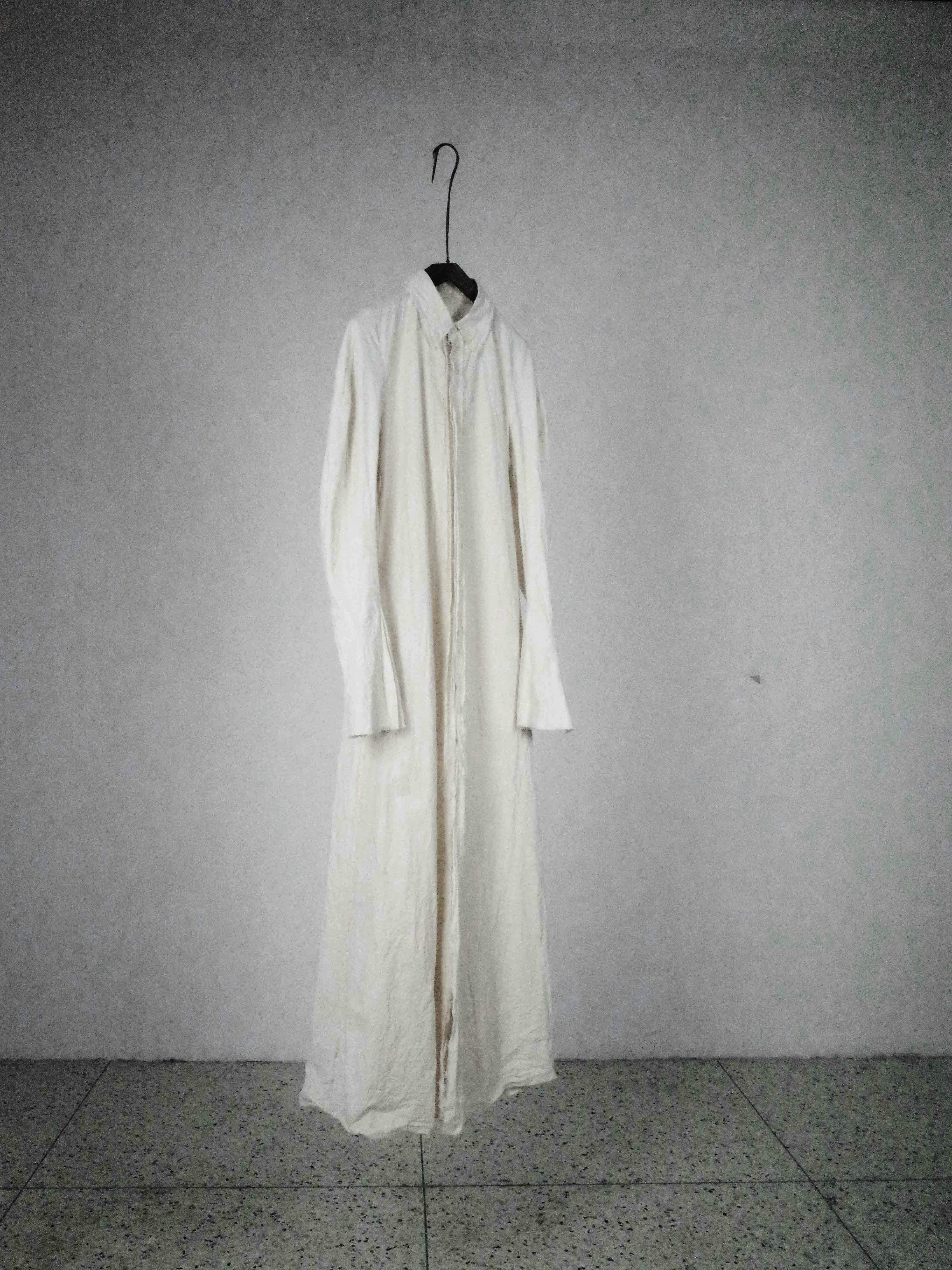
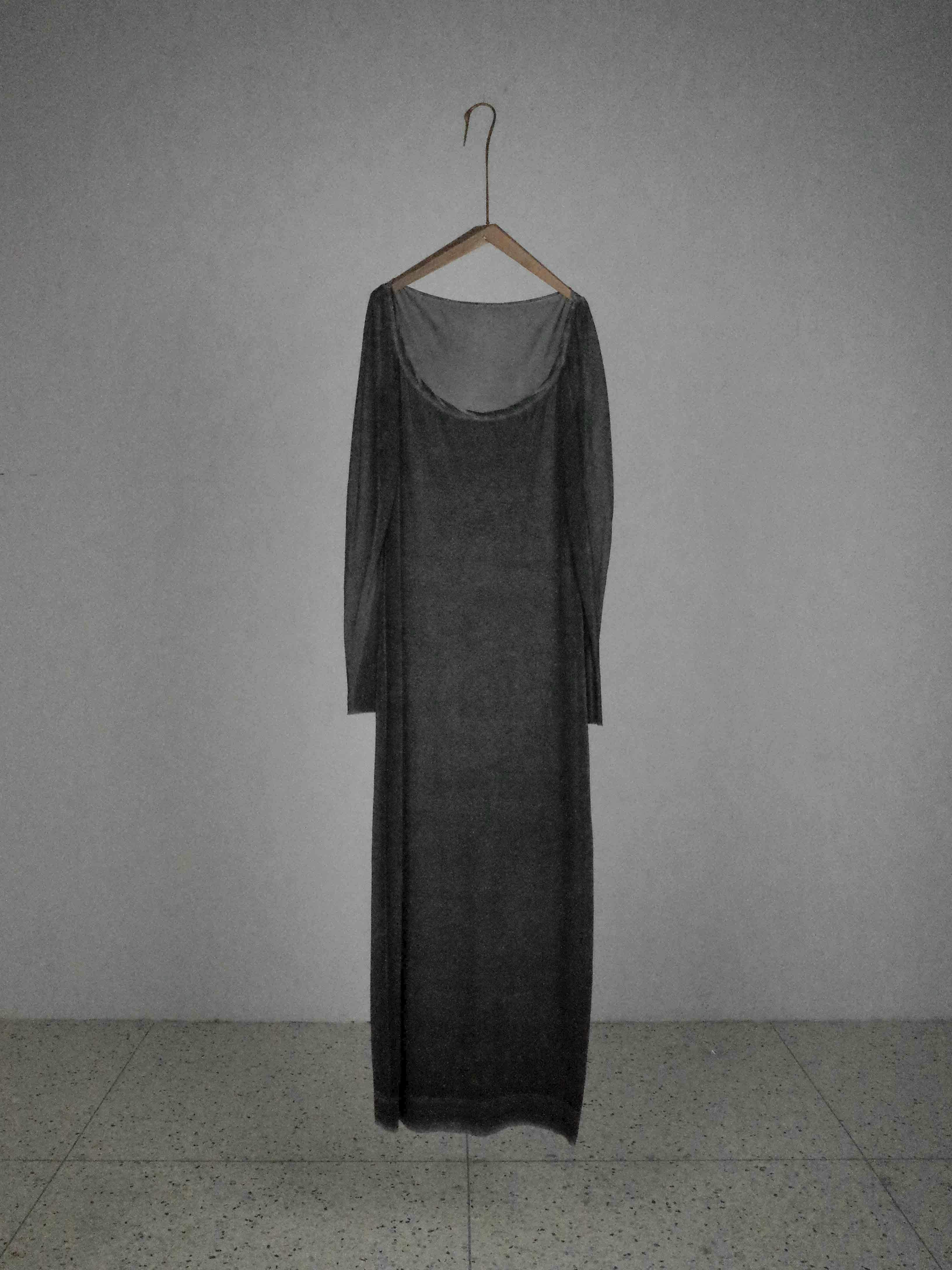
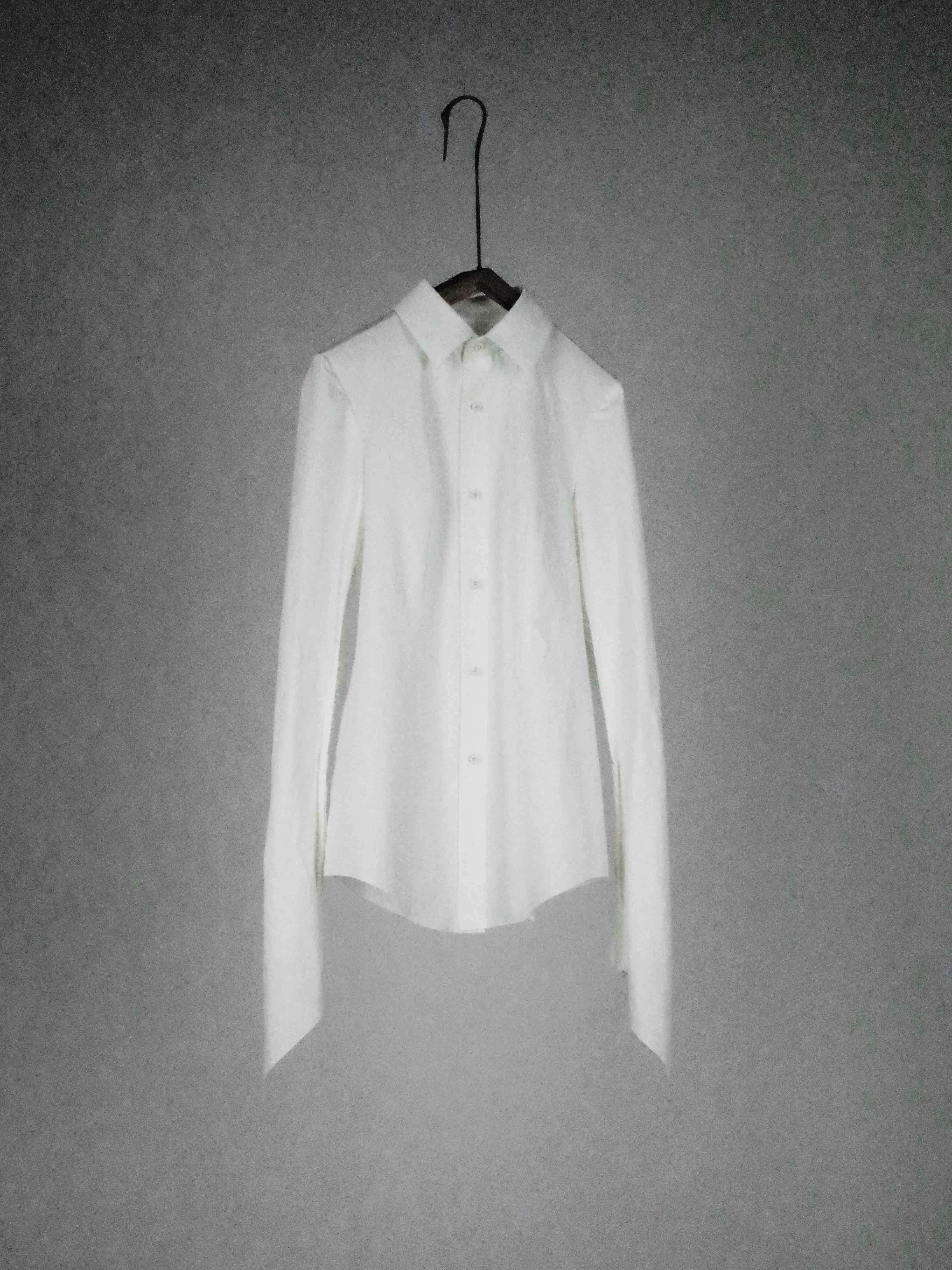
Where does art and fashion begin and end? Is it a single, collective process?
Yes, we don't just do fashion, we give all our work a collective sense. We also have other projects with other people, from Japan, from Belgium. We want to exchange with others, to learn from each other. With Japan, for example, we have a silver jewelry project that has been going on for three years. We also have a very important interior design project inspired by wabi (ed. note: wabi-sabi is an aesthetic concept derived from Zen Buddhist principles).
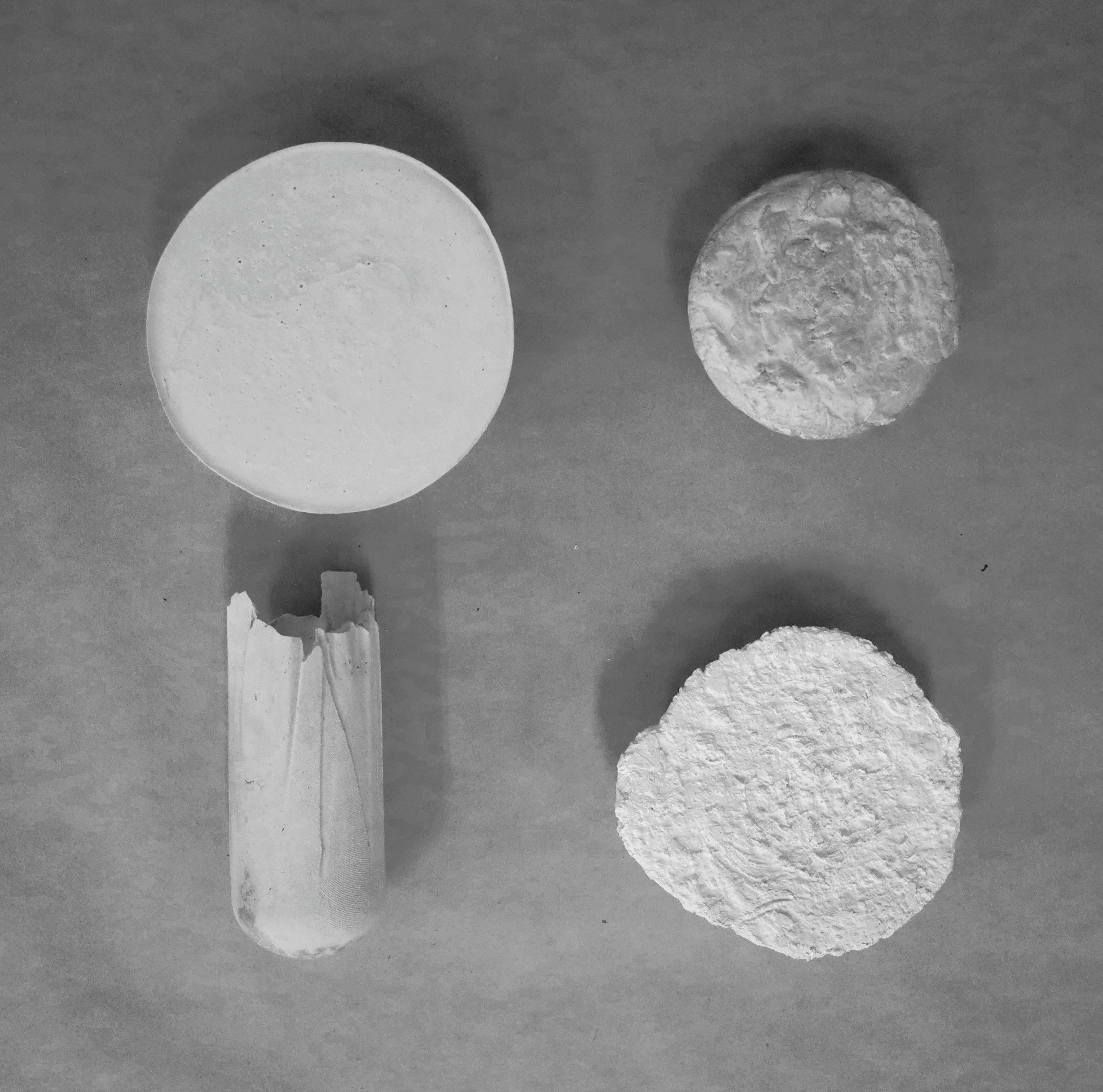
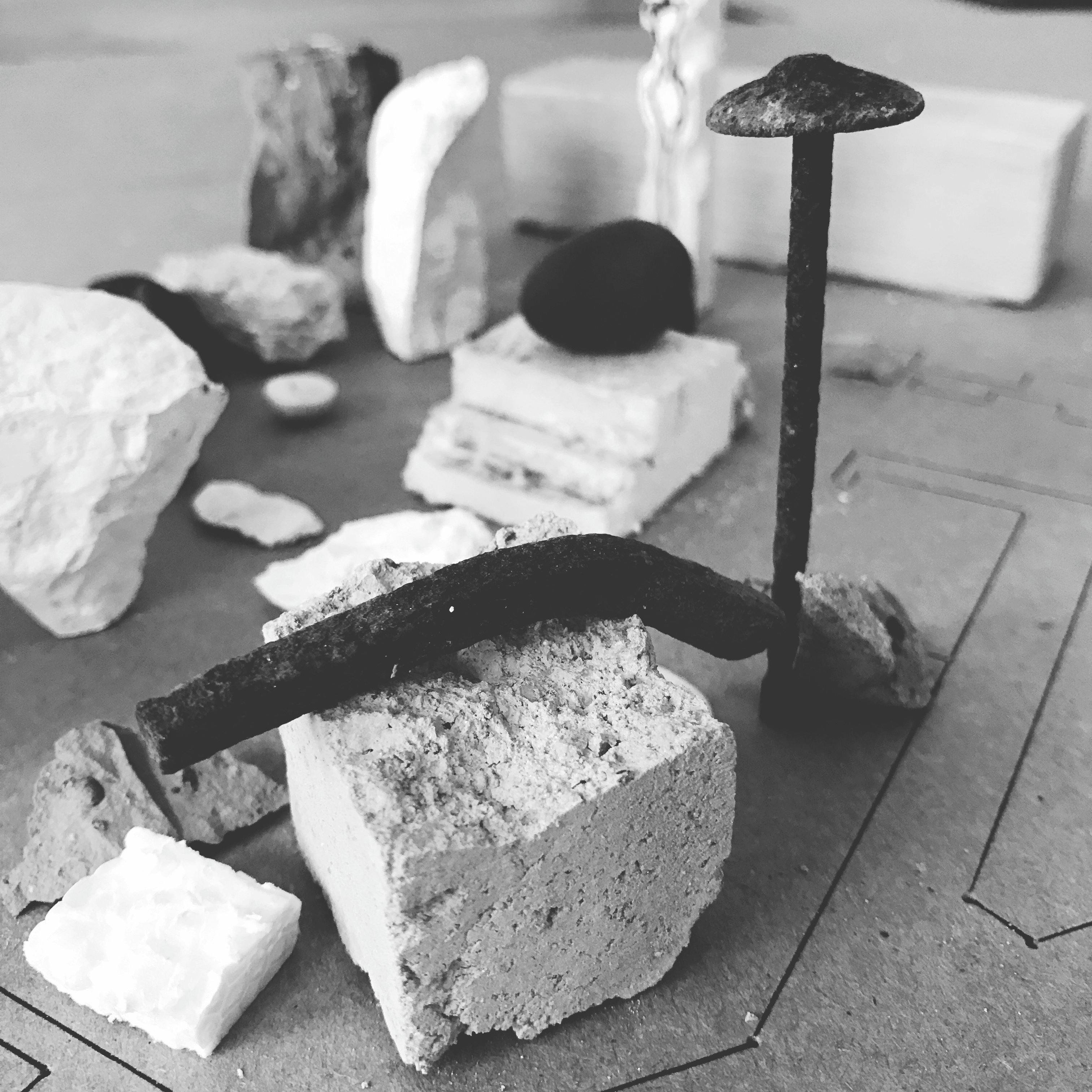
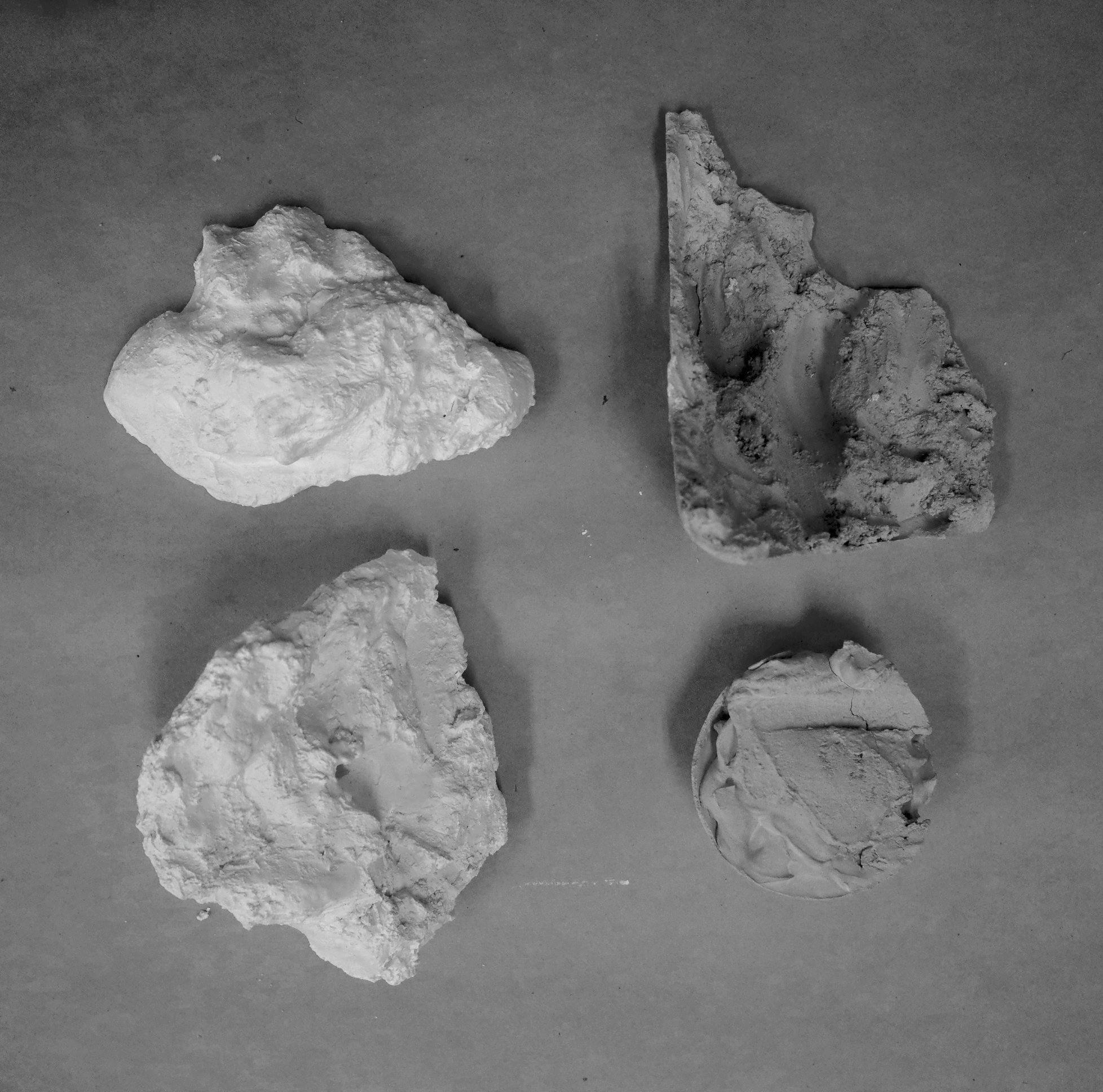
You chose Phaedo as the name for the collective.
It's the title of a work by Plato (editor's note: Phaedo in French), which I love. We have a "White Book" for each project, which contains our inspirations and everything we do, and which allows us to correct a work in progress. We create them together, keeping in mind our permanent obligation to respect nature and time. In these books that we make, we already find the different textures of fabrics. We collect a lot of shapes, elements, the bark of trees for example. Sometimes, while walking in the street, we pick up different materials and objects that we then transform. What we want is to create and provide a new emotion with each collection.
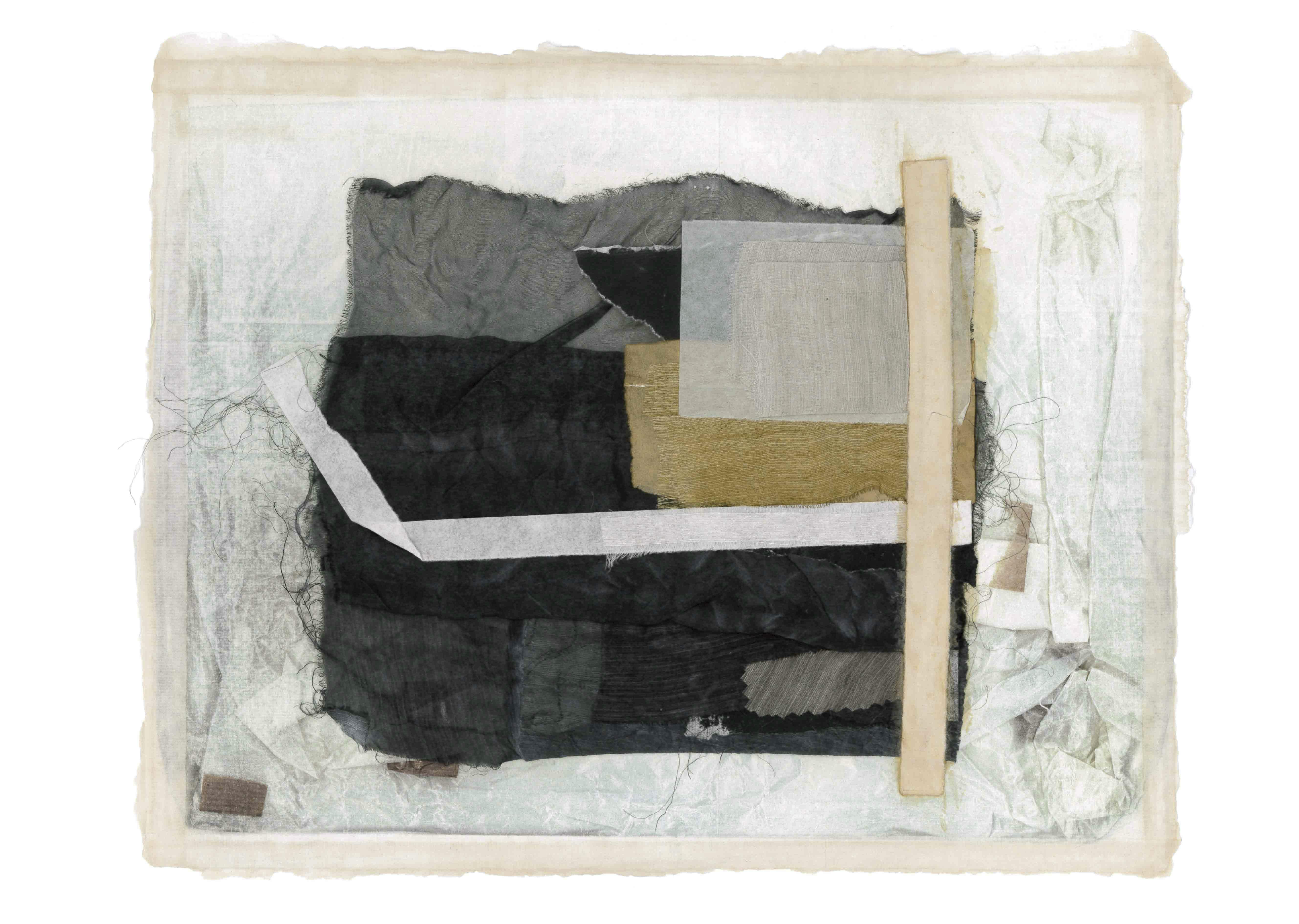
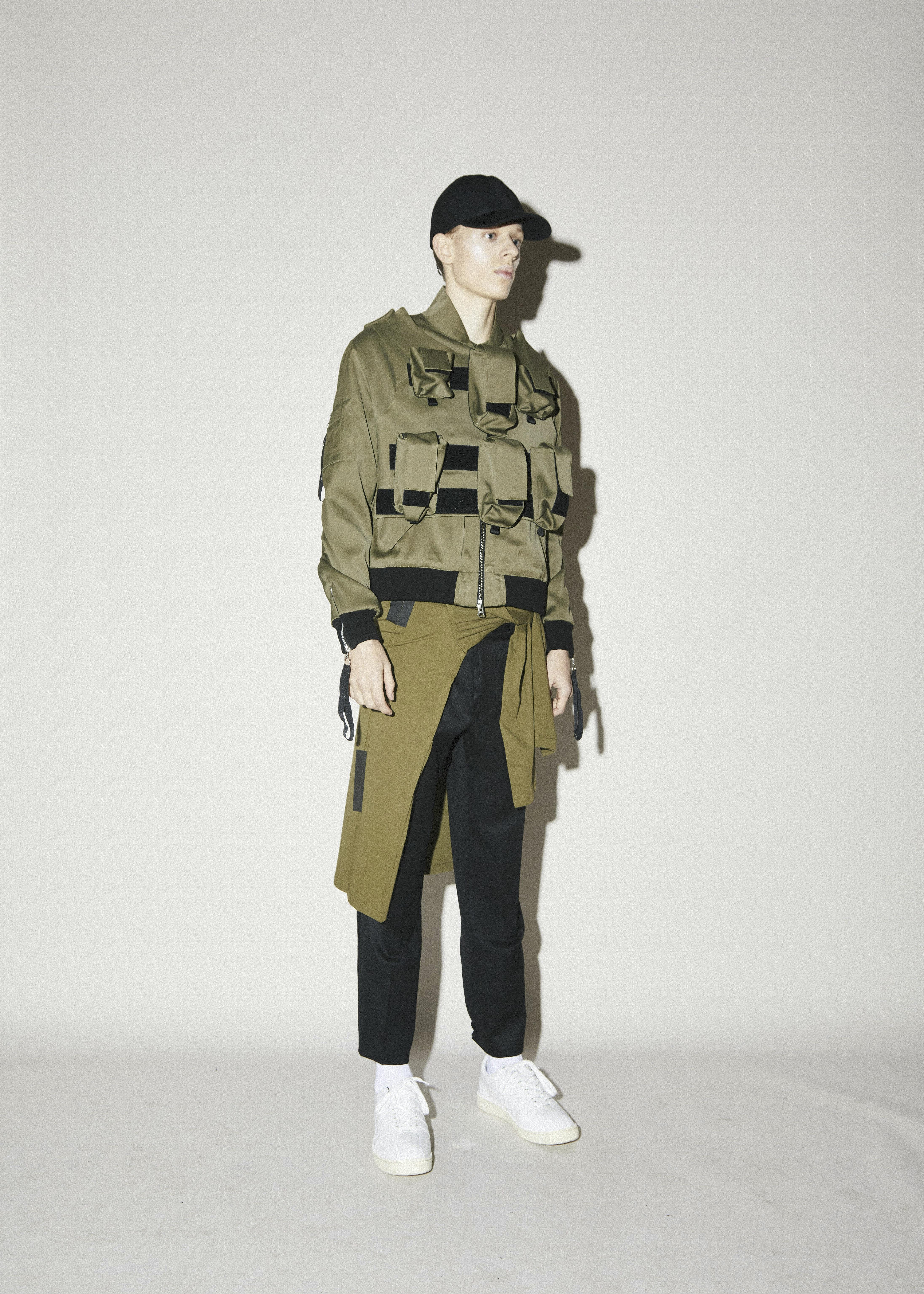
When you design your clothes, do you think about the people who will wear them?
I want to share the collections with individuals who have interesting stories, who have some sort of education, and whose personalities are rich and complex.
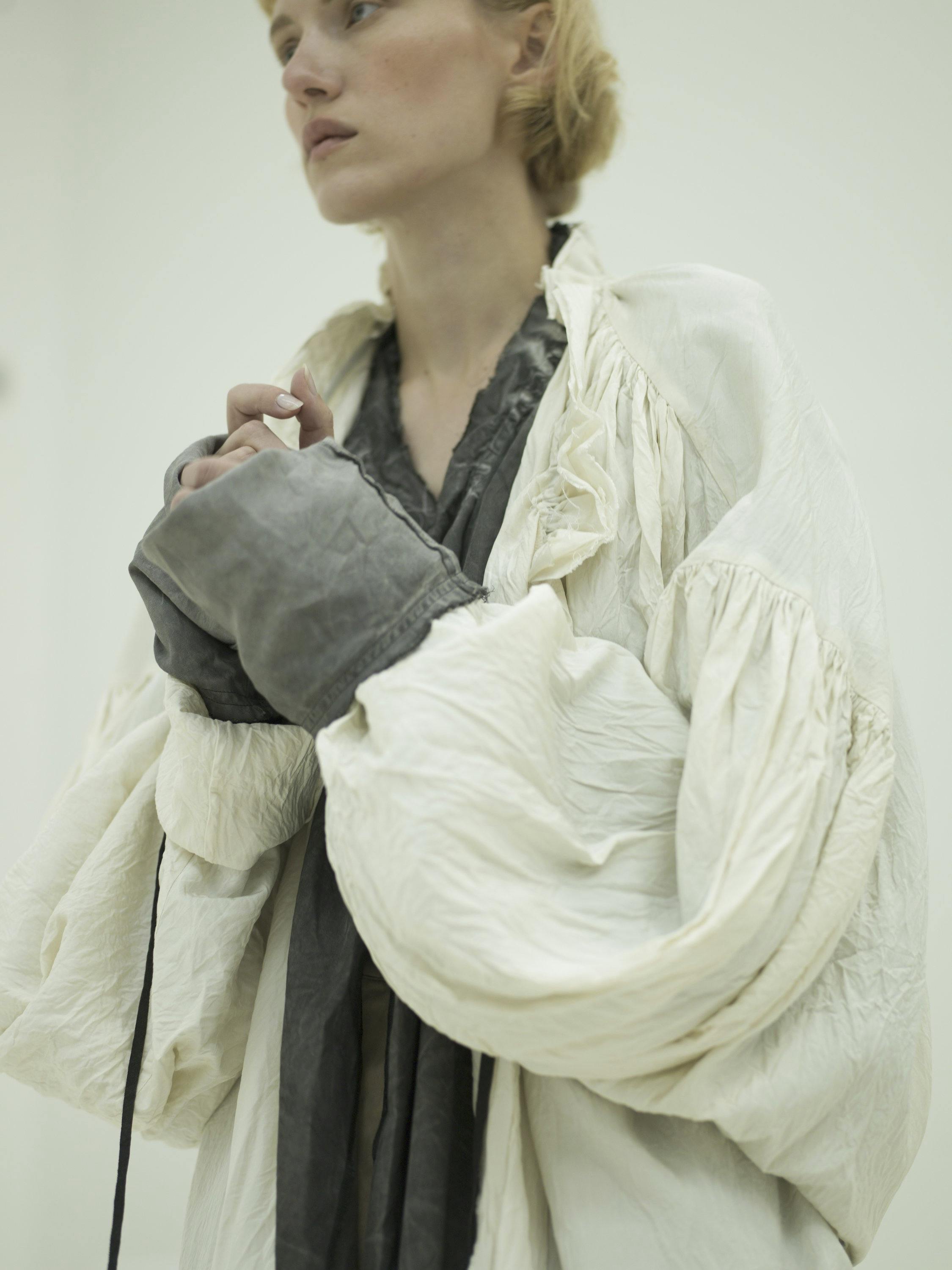
What designers or artists do you admire?
So many people! I have trouble remembering names, especially English names, so I forget who is who. It's the work that matters to me. But I like Anish Kapoor, Richard Serra, Lucy McRae...

If you hadn't chosen fashion, what would have directed your life?
Cooking! I love food so much, I would cook anything.

How did you meet Leclaireur?
(Answer from Phaedo's agent, Maurizio Vela:) I really love Zhuzhu, there is no other artist like him. When I feel something strong, I send it to a very few, hand-picked clients, and Martine Hadida is always one of them. The previous season was our very first, but Leclaireur already knew us. We're in streetwear today, so it's a great joy to get good feedback from opinion leaders who can recognize the construction, the shapes, the use of traditional sewing techniques of Chinese artisans... At first I thought that the strong orientation towards contemporary art would eventually slow us down, but no, it was just, it was perfect.
Discover the Phaedo collection at Leclaireur Sévigné.
Il carrello è vuoto.
Inizia a fare acquisti